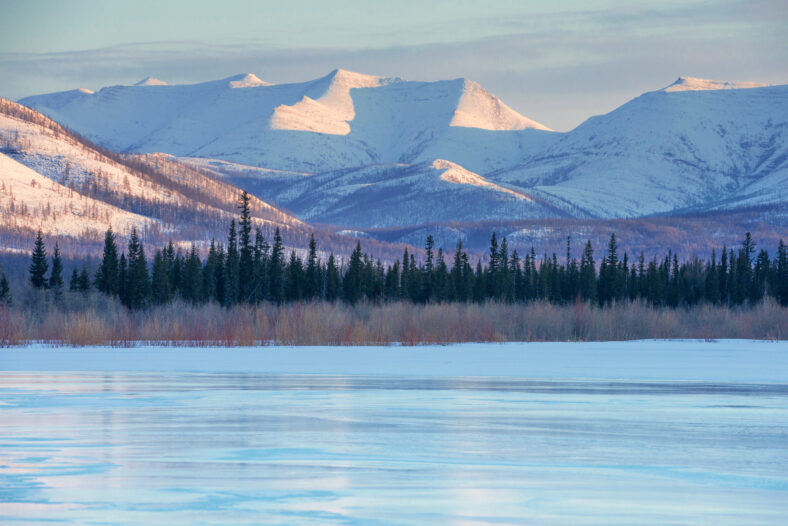A Baby Mammoth Found In The Siberian Permafrost Was Dissected By Scientists

At a laboratory in Russia, scientists were dissecting a baby mammoth who died around 130,000 years ago. The calf has been nicknamed Yana after the river basin in which she was found.
She was remarkably well-preserved, allowing the scientists to learn more about climate change in the past and perhaps even the future.
Yana’s skin has retained its original grayish-brown color and clumps of reddish hairs. She has a curved, wrinkled trunk that points to her mouth, and her legs are similar to those of a modern elephant.
The research team hopes to find ancient unique bacteria and perform a genetic analysis of the plants that Yana consumed to gain a better understanding of the place and time she lived.
The young mammoth was frozen in time because she was encased in permafrost in the Sakha region in Siberia for thousands of years.
She measures nearly four feet at the shoulder and about 6.5 feet long, weighing almost 400 pounds. Yana could be the most excellently preserved mammoth specimen ever discovered. Her body still contains soft tissues and internal organs.
The necropsy was carried out in late March at the Mammoth Museum at Northeastern Federal University in Yakutsk, the regional capital.
The team wore white sterile bodysuits, face masks, and goggles to perform the procedure. They spent several hours working on the mammoth’s front quarters.
“We can see that many organs and tissues are very well preserved,” said Artemy Goncharov, the head of the Laboratory of Functional Genomics and Proteomics of Microorganisms at the Institute of Experimental Medicine in Saint Petersburg.

Sign up for Chip Chick’s newsletter and get stories like this delivered to your inbox.
“The digestive tract is partly preserved, the stomach is preserved. There are still fragments of the intestines, in particular, the colon.”
The scientists are making incisions and carefully extracting samples to search for ancient microorganisms preserved within the baby mammoth. The carcass smelled like a mixture of flesh and fermented earth.
It was first estimated that Yana died around 50,000 years ago, but an analysis of the permafrost layer where she lay dated her death to more than 130,000 years ago. She was determined to be over a year old at the time of death due to the emergence of her milk tusks.
Elephants and mammoths alike have milk tusks in their early years that later fall out. It is still unclear why Yana died so young.
There were not yet any humans in the territory she inhabited. Humans did not appear in Siberia until between 28,000 and 32,000 years ago.
Yana was discovered because of thawing permafrost due to global warming, which exposed her body to the elements.
Some scientists are looking into whether the melting permafrost could release harmful pathogens into the water, plants, and the bodies of animals and humans.
You can see photos of Yana here.
More About:News





